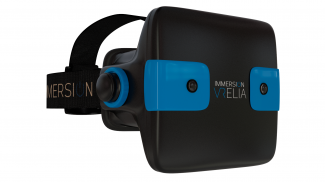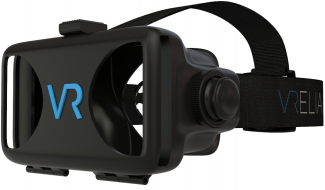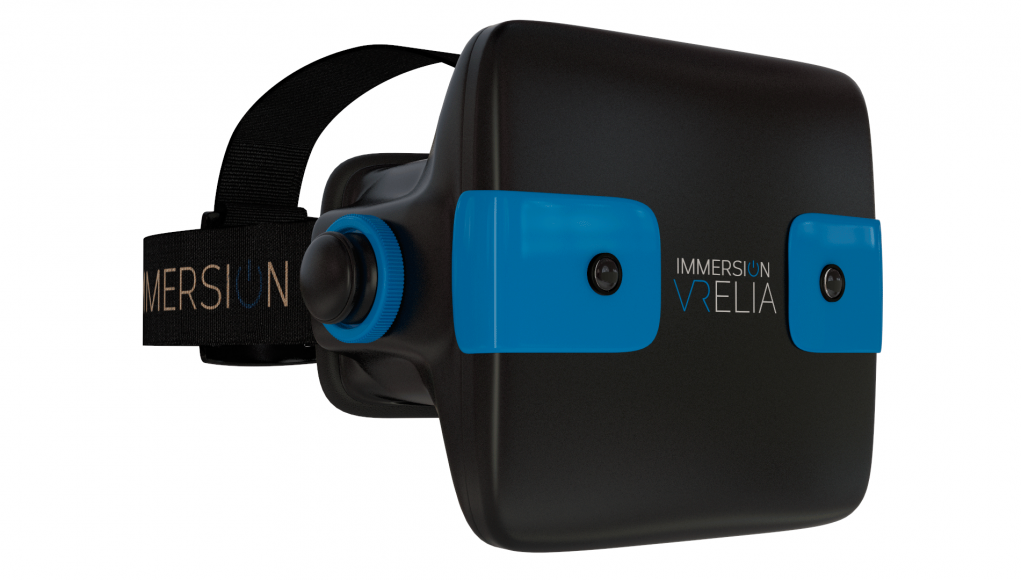
VRelia, a Spanish company recently formed with the aim of providing users with high resolution VR Headsets, has announced a partnership with ImmersiON, a startup formed from the key players behind TD Vision, a company with a history in 3D technologies and video codecs.
We first covered VRelia back in February, at which time they were planning to offer not one but three different VR headsets to compete directly with Oculus VR’s Rift. Since then, it looks like the company has returned to the drawing board and has now paired down it’s offering count to 2. The VREye Go, a headset smartphone harness much like that which we’ve seen from vRase, Durovis and countless others. The VREye Pro offers what’s claimed to be 2 x 5.9″ Full HD (1080p) display panels which the company claims delivers an effective resolution of 2190 x 1920, a slightly confusing figure given that 2 x 1080 (vertical resolution of a full HD panel) = 2160.

The products sold by ImmersiON share the same base specs as above and adds what looks to be dual front facing cameras in order to facilitate augmented reality experiences. It’s also key to point out that the images of all these HMDs are at this stage merely renders, and that should you choose to opt for pre-ordering one of the ImmersiON devices, you’re also opting in to beta test early versions of the new VR headsets as it seems there’s no final hardware as yet not to mention a complete absence of pricing. Furthermore, there’s no clear indication when those placing their orders might receive actual hardware.
TDVision seems to have had their hand in many technologies over the years, including the production of their own VR Headset, the TD Visor. It’s their software platform called AlterSpace which is highlighted in a recent press release announcing the partnership though and this seems to take the form of an online collaboration, chat and social VR hub where people can hang out in VR, share online content and socialise. Beyond that, it’s not too clear how the software plays a part in pushing the VREye headsets, or even if / when it will be made available – the Alterspace website seems completely unfinished and the only documentation I could find on TDVision’s website seemed to describe concepts and planned features only.
Competition is great, on that we can all agree. But right now it’s simply unclear precisely what this announcement means for the VR Industry. With hardware that’s yet to enter the beta stage and an unclear roadmap for ImmersiON’s value added software packages, we’ll just have to wait and see.







